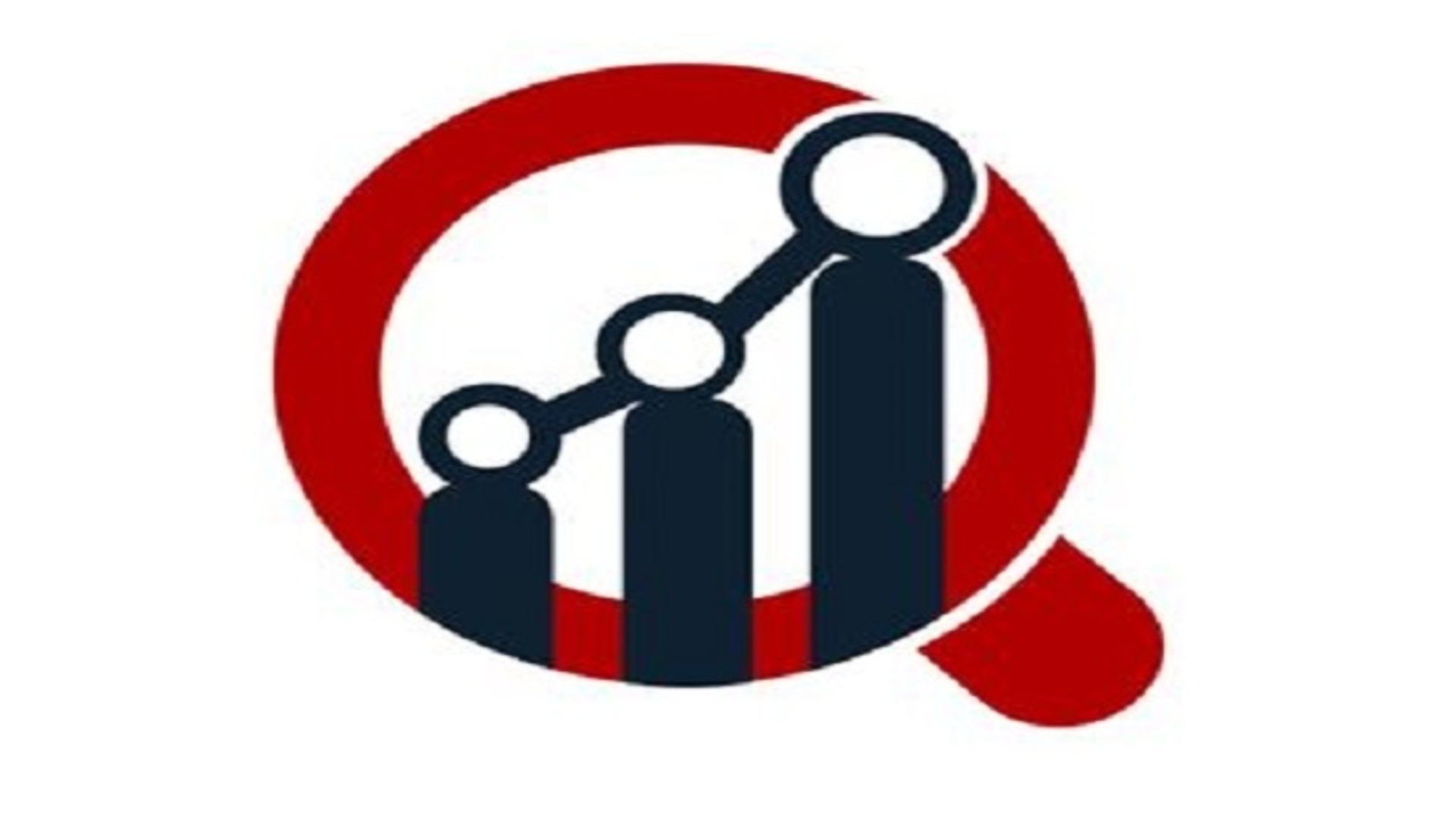In the world of healthcare, where precision, hygiene, and patient safety reign supreme, one behind-the-scenes process plays a pivotal role in every successful medical procedure: sterilization. Whether it’s a complex surgical instrument or a simple catheter, every device that enters a patient’s body must be free from harmful microorganisms. That’s where the fast-growing Medical Device Sterilization Market comes into play.
While it might not grab headlines like cutting-edge surgical robots or gene therapies, sterilization technology is the silent warrior ensuring that modern medicine functions safely and effectively.
Why Medical Device Sterilization Matters
Imagine undergoing a successful surgery only to suffer complications due to an infection caused by a contaminated instrument. Sterilization is the invisible shield that prevents this from happening. It’s a process that kills or eliminates all forms of microbial life, including bacteria, viruses, fungi, and spores, from medical devices.
From hospitals to outpatient centers to manufacturing facilities, sterilization is an essential part of the medical device life cycle — and its importance is skyrocketing.
The Rise of the Medical Device Sterilization Market
The Medical Device Sterilization Market is expanding rapidly, driven by a variety of trends:
-
Rising surgical procedures globally: More surgeries mean more instruments that need to be sterilized.
-
Increased hospital-acquired infections (HAIs): There’s greater awareness and regulatory pressure to reduce HAIs through better sterilization protocols.
-
Growth in single-use devices: Even disposable medical equipment must meet strict sterilization standards before packaging.
-
Stringent global regulations: Governing bodies like the FDA and ISO have upped the ante on device cleanliness and compliance.
Methods of Sterilization: More Than Just Heat
Gone are the days when boiling instruments in water was enough. The market today includes several advanced sterilization methods:
-
Steam sterilization (autoclaving): Still widely used, especially in hospitals.
-
Ethylene oxide (EtO): Ideal for heat-sensitive devices but closely regulated due to toxicity concerns.
-
Radiation (gamma and electron beam): Common in high-volume manufacturing environments.
-
Hydrogen peroxide gas plasma: Gaining popularity for its speed and efficiency.
-
Ozone and peracetic acid systems: Newer technologies with environmentally friendly profiles.
Each method has its pros and cons, and choosing the right one depends on the type of medical device, its material, and intended use.
Technological Innovation and Automation
Sterilization is no longer just a manual back-room chore. Today, it's high-tech and automated. Modern sterilization units come equipped with sensors, digital tracking systems, and AI-powered diagnostics. Some even offer real-time monitoring and alerts if a cycle doesn’t meet sterilization criteria.
Manufacturers are also using smart packaging and sterilization indicators to provide end-users with visual confirmation that a device is safe to use. These innovations improve compliance and reduce the risk of human error.
Challenges Facing the Market
Despite its growth, the sterilization industry faces challenges:
-
Environmental concerns: Some methods, especially EtO, face scrutiny over emissions and toxicity.
-
Cost and energy usage: Sterilization systems can be expensive to install and operate.
-
Complex device designs: As medical devices become more intricate, ensuring sterilization without damaging them becomes tricky.
Yet, companies that innovate with sustainable and efficient sterilization technologies are finding opportunities in these very challenges.
The Road Ahead: What’s Next?
-
Sustainable sterilization: Expect more eco-conscious methods and recyclable packaging.
-
Mobile sterilization services: Especially in remote and underdeveloped regions.
-
Greater integration with supply chains: Real-time sterilization tracking from factory to hospital shelf.
The Medical Device Sterilization Market is poised to become a major player in global healthcare safety protocols — not just as a backstage process but as a front-line defense against infection.
Final Thoughts
In the high-stakes world of medicine, it’s not just the device that matters — it’s how clean and safe it is. Sterilization ensures that the miracles of modern medicine don’t come at the cost of preventable infections.
The next time you see a surgeon pick up a gleaming tool or a nurse open a medical package, remember: that sterile state didn’t happen by accident. It’s thanks to a robust, dynamic, and innovative Medical Device Sterilization Market that keeps patients protected and outcomes successful


